|
July means it's time for the annual Monocle Quality of Life survey, one of my annual obsessions that is on par with snacks and beer while watching Eurovision and Panettone any time we get near to Christmas.
Moncole's Top 25 listing always sets off debate, and its metrics, although somewhat subjective, consistently represent Moncole's own take on what a good city represents. Monocle themselves know that their metrics system will, for the large part, render many of the world's best known cities ineligible for consideration. It's the kind of ranking that makes urbanists cry and sparks debate. But Monocle's list, beyond pitting city against city, reflects the aspirations of its readers. This year, longtime Monocle favourite, Tokyo, has been awarded the title of the most liveable city. During my time in Japan I always saw Tokyo as being a great place to visit: even if I, a self confessed popular culture junkie whose idea of porn is barebacking gallery after gallery and then reaching the point where I say F*ck Art, Let's Dance, personally favoured the greenery and fresh air of my adopted hometown of Kyoto. I've always been of the mind that I need ready access to culture, but that I'm not prepared to put myself in a position where everything else has to suffer to make that possible. Thankfully, as a Monocle reader, Kyoto regularly figures on their list (#14 this year) as does my actual hometown, Melbourne, which polled at #4 this year. Despite its problems with affordability, Melbourne has tended to perform well on all kinds of liveability indexes. (Melbournians might not have an internationally known landmark to remind you about, but most will know that their city was 2014's top ranking city on the Economist's Intelligence Unit's list for the fourth year running.) I guess these kinds of lists are good for boasting purposes and a good shot of self esteem. In addition to heightening awareness of quality of urban life, these lists give residents the sense that they are part of a community which is somehow getting things right. It's an important shot in the arm for second cities like Melbourne. These are places that are like the uglier, younger sister. They have chips on their shoulder because they're always the Solange, not the Beyonce of the family. In Melbourne's case, much work was done in the nineties to set about rebranding the city as a cultural and foodie capital. Tourism there didn't catch up to that until a decade or so later. It is now a domestic tourist's dream (often the top domestic destination in Australia) even if it's still often overshadowed by the natural beauty of its northern rival Sydney. Often, the cities that find themselves doing well on these lists are not typically tourist friendly places. As a tourist in Australia I think you're more likely to see the Australia of your dreams if you go north, or to Sydney if you prefer the city + beach mix. Melbourne is a bit low on the picture postcard, sun + sand index that Australians and certain types of tourists value so highly. Italy, as its general prominence in Monocle attests, remains of incredible appeal to urbanists, as a place to visit. You know, the Tirol mountains, the leather ateliers of Tuscany, the bespoke tailors in Milan...that kind of thing. Having now lived in Italy for five and a half years, I can tell you that Italians often have their nose out of joint when it comes to these kinds of lists, because, nationally, there is sense that they, despite the cultural wealth of their country, are often the Michelle to the Beyonce and Kelly of France and Germany. Liveability lists and international wine awards do their head in. They may have given up on the idea that one of their cities will ever place highly, but man, do they get upset when an Italian wine is not a winner! Italy has so much going for it, particularly when it comes to natural beauty and historic sites. Italian cities are tourist meccas: I can't think of any other country in the world that can offer up such a varied trifecta like Rome, Venice and Florence. But Italian cities are not advertisements for infrastructure and services. They're great for tourists, and, erm, not so great for residents. Loveable but not always liveable cities. Sexy, but sometimes...what's the word I'm looking for... oh, that's right... insane. Places that will take your breath away as a 2 or 3 day tourist, but that will clog your lungs with smog if you decided to stay on and live there. (I blame you Julia Roberts). And so, when Monocle et al lists come out, the press here do their best to redress the rankings by spinning out some PR even though their daily stories are always about how bad things are. The reality is that liveability in Italy is about renouncing the larger cities. You have to be quite Zen about the fact that no matter where you go in this country, you're likely to be bound by red tape and a lack of transparency, but that if you're willing to adapt some of your own metrics, you'll come out on top. Only a handful of Italy's northern cities do well on the standard metrics of scale: (I'm thinking Trieste). But few people actually want to live there when they could live somewhere like Rome or Milan. I mean, these cities, like Naples are like the disfunctional rock stars of the family. They drive you nuts but you just hang on their every word. People know what they're getting into when they move to a place like Rome. I don't think anyone ever moved to Rome thinking it was going to be a smooth ride (except maybe Julia Roberts in Eat, Pray, Love). You move there knowing full well that it's going to be a shit fight, but you accept it because of all of the wonders that the city has to offer. I'm living in Puglia now, and it was a move I made knowing full well that it meant sacrificing the charm that Rome has. It's clear that you can very rarely have it all. But I'm digging Puglia because, despite its problems and the fact that outside of the peak summer season you're a bit off the cultural map here, it is now finding itself in a place where a city like Melbourne was about twenty years ago. It's looking at itself and deciding that something has to change. That its growing up. More and more its becoming receptive to the idea of being re-branded as a cultural and foodie haven. Do a google search and you'll see just how successful this campaign is becoming internationally. Puglia is one of the few regions in Italy that knows it has to do more to compete for the tourist dollar than to rely on its treasures (in this case, its impressive beaches.) And so, as a result of this campaign to deepen its cultural offerings and awareness, things are changing here for residents too. There's more emphasis on slow food, on cultural events and on promoting its quite distinct cultural identity. The residents of its most important cities, Bari and Lecce, are finding that the choices open to them are widening as a result. There's still much to be done though. Puglia's poor and agricultural history contributed to so much of its current beauty, both socially and geographically. But it also left its mark in the lack of infrastructure, particularly in transport, and the economic challenges that remain in the region. Over the coming weeks I'll take a look at some of the start ups and activities that are taking place here in a bid to raise quality of life and help locals take more pride in their surroundings and heritage. I might miss the accessibility of art and live music that I had in Rome, but then again, I'm ten minutes away from the beach, I've got more vegetarian food options when I go out than I ever had in Rome (thank you cucina povera!) and, as an Australian at heart, the wide open spaces and sky here do more for my quality of life than Rome's edginess ever did. I'll just wait for the tourist season to kick in to let me get the rest of my fixes. So, through my seachange I've found my quality of life for now. But I'm curious...what does quality of life mean for you?
0 Comments
Your comment will be posted after it is approved.
Leave a Reply. |
Dave
|
|
|
Dave Di Vito is a writer, teacher and former curator.He's also the author of the Vinyl Tiger series and Replace The Sky.
For information about upcoming writing projects subscribe to the mailing list. Dave hates SPAM so he won't trouble you with any of his own. He promises. |
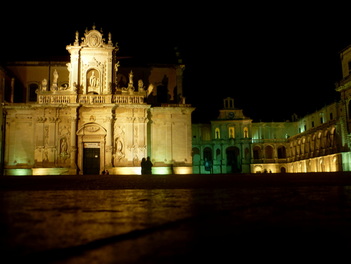
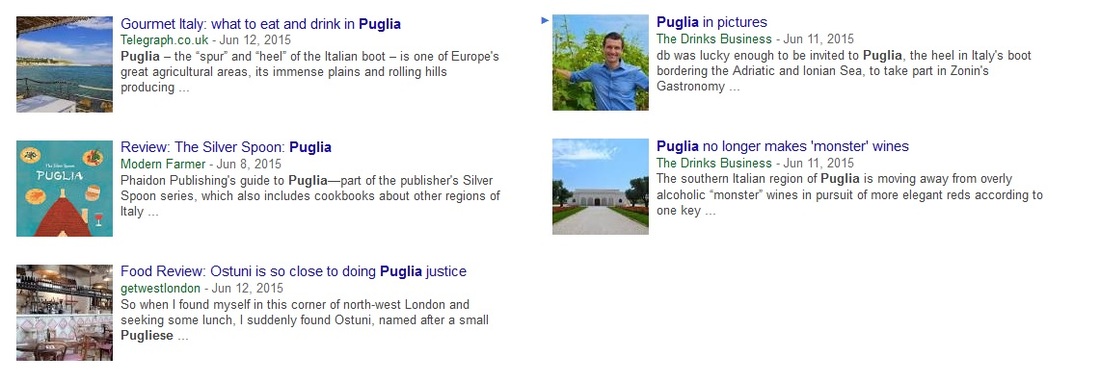
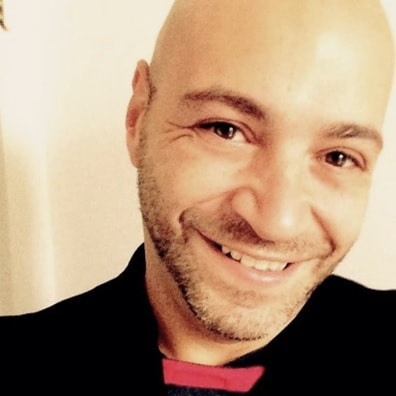
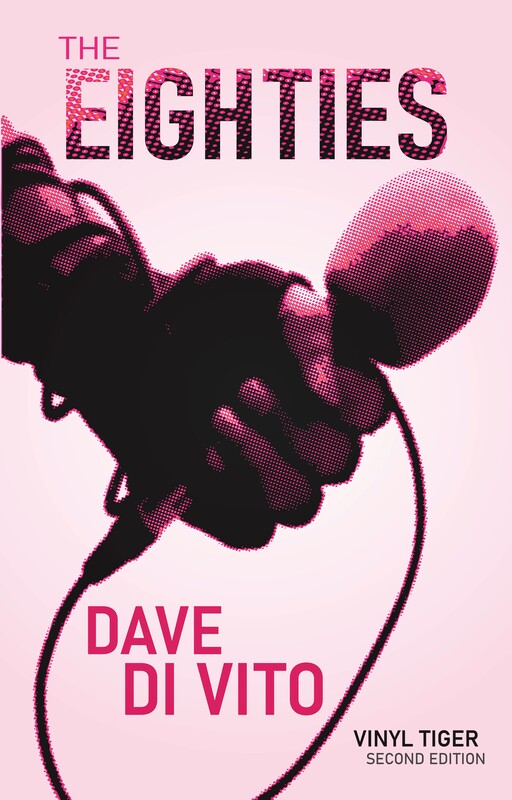
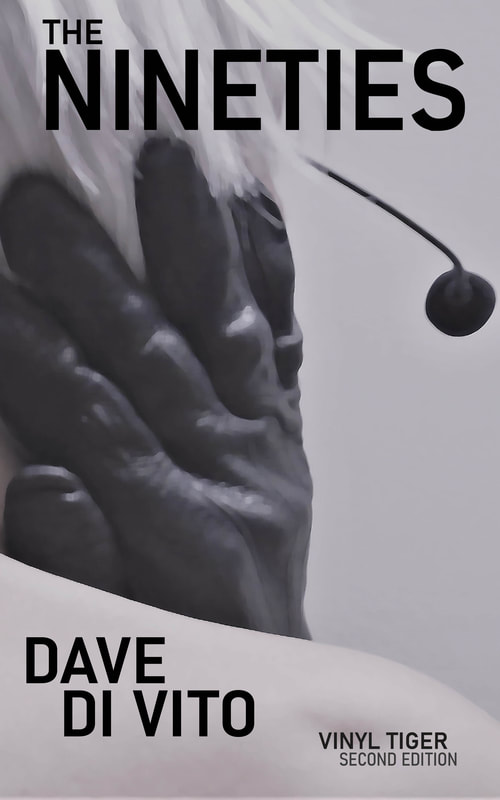
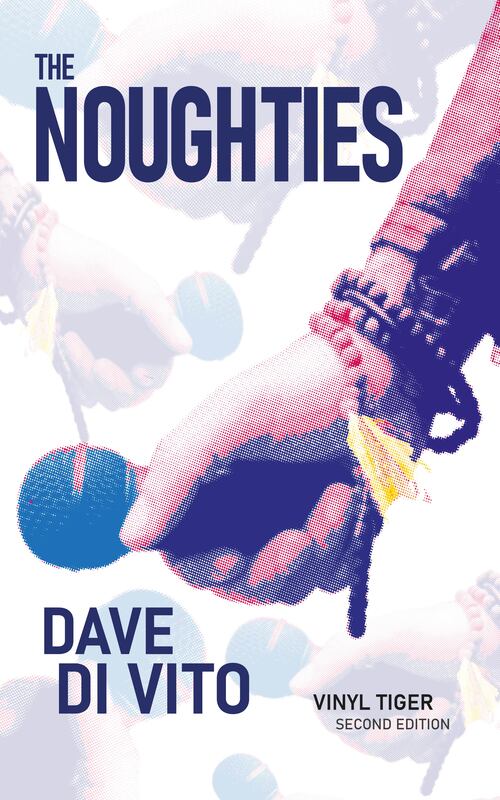
 RSS Feed
RSS Feed